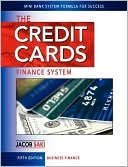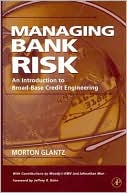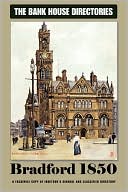There are several different types of bank accounts. Understanding them all can be difficult, as each banking institution may offer a broad range of bank account types. However, most bank accounts fall into one of five categories. By learning the different account categories, you can make deciphering the choices offered at your banking institution much easier.
A checking account is a bank account that uses checks as the primary instrument for withdrawing money. With a checking account, you can make purchases, pay bills, and give or loan money to anyone you choose. You can also use a check to transfer money from your checking account to a bank account at a different financial institution. Usually, financial institutions allow account holders to make as many deposits and withdrawals as they wish. Many allow account holders to make withdrawals and deposits through automatic teller machines (ATM) as well.
A savings account is another type of bank account that allows the holder to make deposits and withdrawals. However, savings accounts are not as flexible as checking accounts. Often, holders of this type of bank account are limited in the number of withdrawals and deposits they can make each month. Also, savings account holders are not able to access their money with checks. Many financial institutions allow savings account holders to make deposits and withdraw funds through ATM, however.
Another type of bank account is a money market account. This type of bank account pays interest at a higher rate than the rate paid on interest-bearing savings and checking accounts. Often, money market accounts impose a minimum balance for the account to start earning interest. The minimum required balance on a money market account is usually higher than that imposed on a checking or savings account. With a money market account, withdrawals are limited to six per month. No more than three of these withdrawals can be by check.
Time deposits, frequently referred to as certificates of deposit (CDs), are bank accounts that require the account holder to make a deposit and agree to leave funds in the account for a specific amount of time. In return for this agreement, the financial institution pays interest to the account. Often, the interest paid on a CD is higher that the rate paid on other types of bank account. The account holder is required to keep his or her money in the account until the specified term is over. However, some financial institutions allow account holders to withdraw interest, without affecting the principal. In some cases, account holders may be allowed to withdraw their principal funds before their CD matures, but a penalty is typically charged.
Some financial institutions also offer basic, no-frills bank accounts. A no-frills bank account may allow the holder to pay bills and cash checks without paying the high fees associated with completing such transactions without an account. An account of this type will likely allow for only a limited number of checks, deposits, and withdrawals to be processed in any given month. In most cases, interest is not paid on a no-frills bank account.
Saturday, October 31, 2009
What are Different Types of Bank Accounts
Subscribe to:
Post Comments (Atom)












0 comments:
Post a Comment